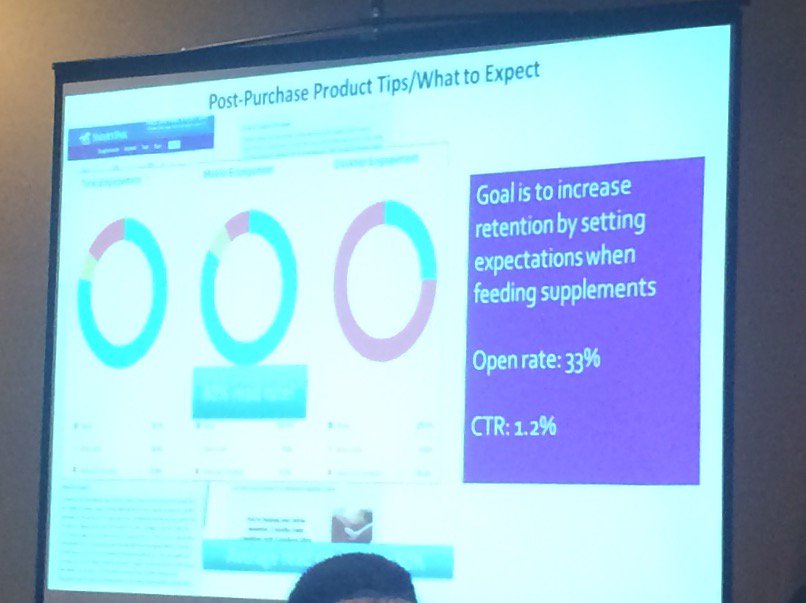5 Simple Tricks to Reach the Inbox
I saw a post over on LinkedIn today. It was from an ESP, talking about their simple tips and tricks for getting into the inbox. The laughable bit was half the “tricks” had nothing to do with getting to the inbox, but rather were about enticing people to open the mail once it’s gotten to the inbox.
There are no “tricks” to getting to the inbox. There used to be some tricks. But the ISPs figured them out and protect against them.
Complaint lowering tricks
For instance, you could create hundreds or thousand of free accounts and pad your mailing list with them. Voilà! Low complaint rates. Inbox Forever!
ISPs figured that out and it stopped working.
Then you’d create hundreds or thousands of free accounts, log into them and move mail from the spam folder to the inbox. Voilà! Users want our mail! Inbox Forever!
ISPs figured that out, and even sued a couple people for doing it.
Bounce lowering tricks
One of the newer tricks to get to the inbox is the use of list cleaning or list hygiene services. These sell well, because they sound like they do something. ISPs are measuring bounces and non-existent addresses, so remove bouncing addresses and Voilà! Inbox Forever!
These services also claim to filter spamtraps. I actually got a real answer out of one of the companies about how many traps they had. The answer? Less than a hundred. Even worse, a client recently hired one of these companies to clean their list to get rid of a Spamhaus listing. The company identified ‘an inordinate number’ of Spamhaus spamtraps. Spamhaus tells me they saw zero difference in spamtrap hits before and after the cleaning.
What really works?
There is no trick to getting to the inbox. Theres’s no 5 steps or 5 tricks or 2 magic words you can use to get mail to the inbox. Like the magician’s tricks, they’re illusions. The folks selling you these tricks are hiding reality to make you see what you want to see. But the ISPs can see through the illusions and aren’t fooled.
Getting mail to the inbox means sending mail your recipients want and are delighted to receive. There’s no trick to this. There’s a lot of work to understand your audience, your product, your product lifecycle and your statistics. There’s work in creating copy and messages that resonate with your audience. There’s work in collecting permission from recipients. Email marketing is work and it’s skilled work.
Short circuit any of these steps and your mail may or may not make it to the inbox. Sometimes, tricks can get mail to the inbox for the short term. But those tricks let the ISPs identify you. Once they can identify you, they can block you.

